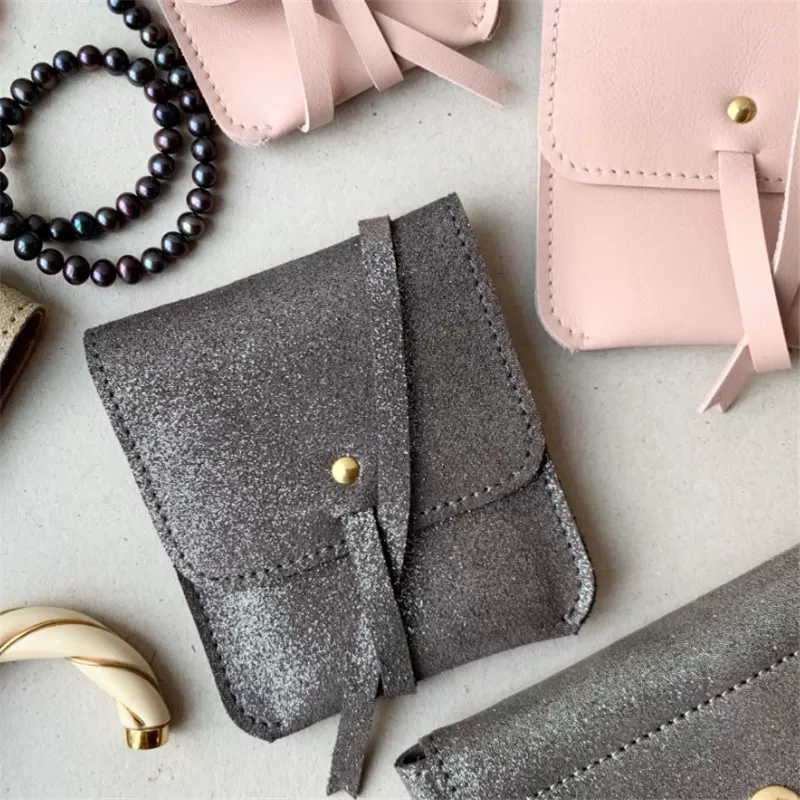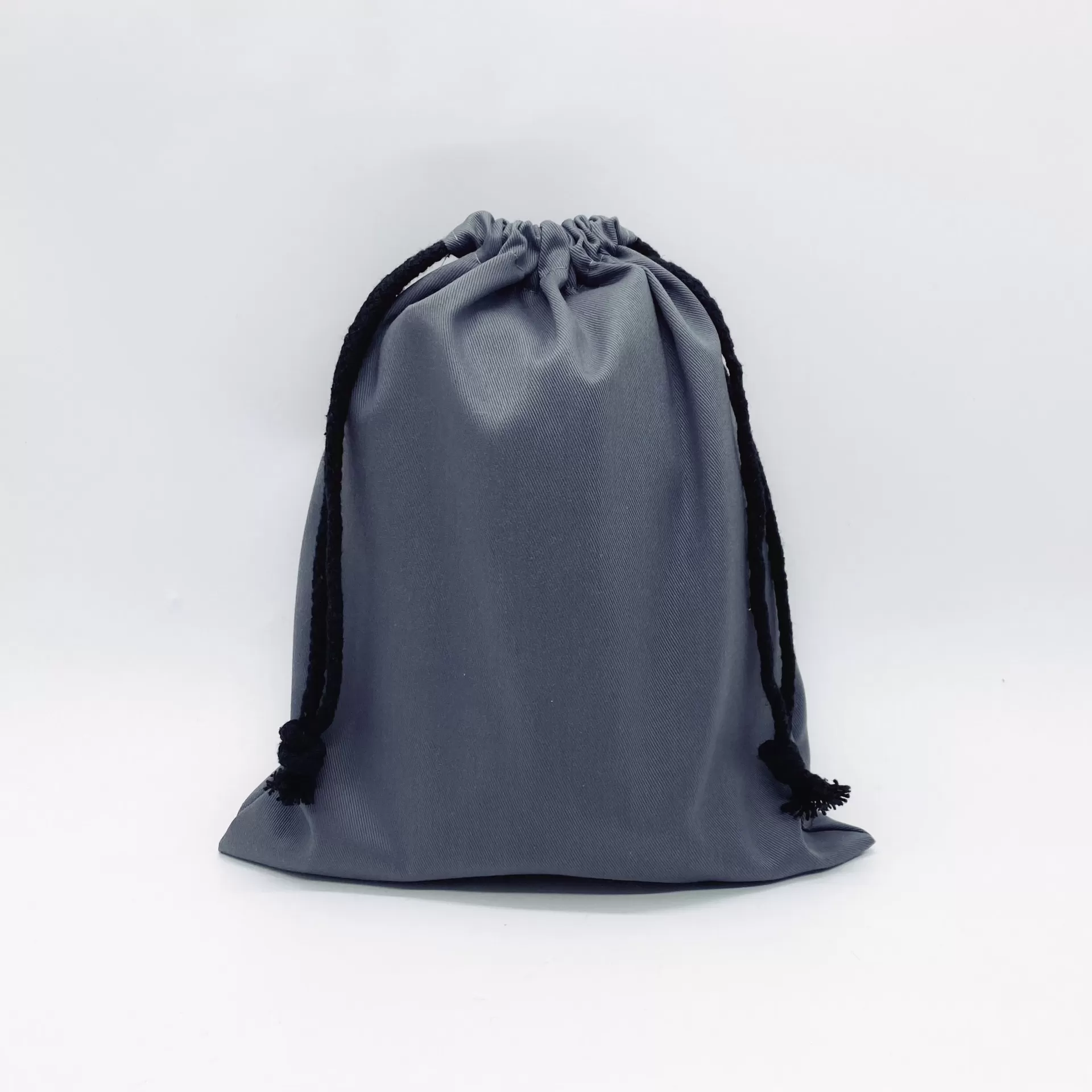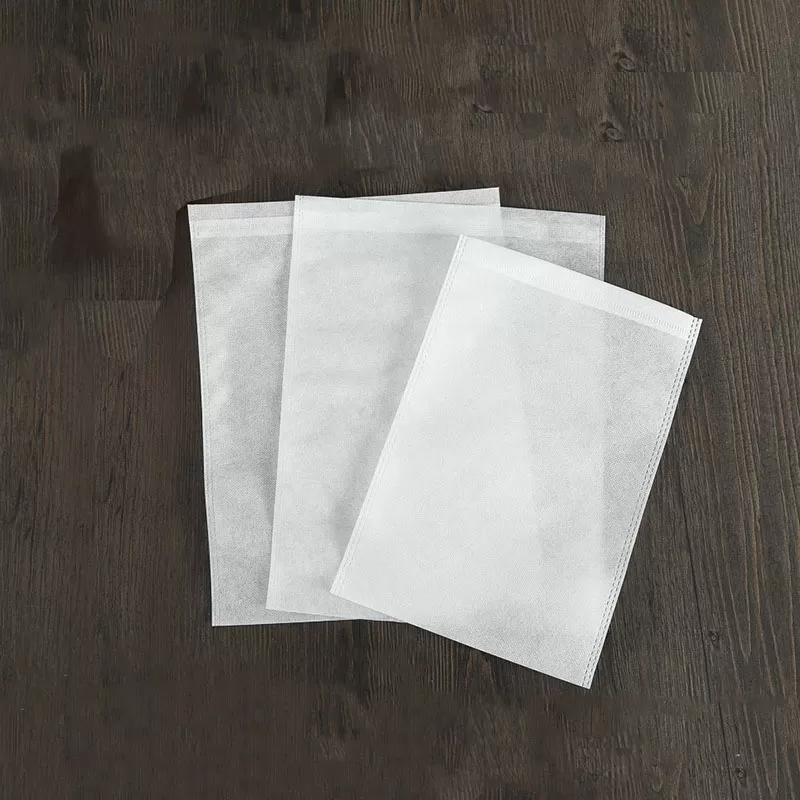In a world where over 1 trillion plastic bags are used annually, switching to reusable bags is one of the simplest yet most impactful changes you can make. Not only do reusable bags help reduce plastic waste, but they’re also durable, cost-effective, and versatile. But with so many options available, how do you choose the perfect reusable bag for your needs? This guide will walk you through everything you need to know to make an informed decision.

Why Reusable Bags Matter
1. Environmental Impact
Single-use plastic bags are a major contributor to environmental pollution. They take hundreds of years to decompose, often ending up in oceans and harming marine life. Reusable bags, on the other hand, are designed to last for years, significantly reducing waste. By choosing reusable bags, you’re taking a small but powerful step toward a greener planet.
2. Cost-Effectiveness
While reusable bags may have a higher upfront cost, they save you money in the long run. For example, a single reusable bag can replace hundreds of disposable plastic bags over its lifetime. Many stores also offer discounts for bringing your own bags, adding to the savings.
3. Durability and Versatility
Reusable bags are built to last. Whether you’re carrying groceries, books, or gym clothes, they can handle heavy loads without tearing. Plus, they come in various styles and sizes, making them suitable for almost any occasion.
Key Factors to Consider When Choosing Reusable Bags
1. Material
The material of your reusable bag determines its durability, eco-friendliness, and suitability for different tasks. Here are the most common options:
- Cotton: Lightweight and biodegradable, cotton bags are perfect for lightweight items. However, they’re less water-resistant and may not hold up well in wet conditions.
- Polyester/Nylon: These materials are durable, water-resistant, and easy to clean, making them ideal for groceries or outdoor use. However, they’re less eco-friendly than natural fibers.
- Jute/Hemp: Known for their strength and sustainability, jute and hemp bags are great for heavy-duty tasks. They’re biodegradable but can be bulkier and less flexible.
- Recycled Materials: Bags made from recycled plastics or fabrics are an excellent eco-friendly option. They’re durable and help reduce waste by repurposing existing materials.

2. Size and Capacity
The size of your reusable bag should match its intended use. Here’s a quick breakdown:
- Small Bags: Ideal for quick errands or carrying lightweight items like books or snacks.
- Medium Bags: Versatile enough for grocery shopping or daily use.
- Large Bags: Best for bulk shopping or carrying heavier items like laundry or sports equipment.
3. Durability
A good reusable bag should withstand regular use without falling apart. Look for:
- Weight Capacity: Check how much weight the bag can handle. Some bags can carry up to 50 pounds!
- Stitching and Seams: Reinforced stitching ensures the bag won’t tear under pressure.
- Ease of Cleaning: Machine-washable bags are easier to maintain, while hand-washable options may require more care.
4. Style and Design
Reusable bags don’t have to be boring. Consider:
- Foldable vs. Structured Bags: Foldable bags are compact and portable, while structured bags hold their shape and are easier to pack.
- Aesthetic Appeal: Choose a bag that matches your personal style, whether it’s a minimalist design or a bold pattern.
- Compartments and Pockets: Extra pockets can help you stay organized, especially for items like keys, wallets, or phones.

5. Eco-Friendliness
If sustainability is a priority, look for:
- Certifications: Bags with certifications like GOTS (Global Organic Textile Standard) or Fair Trade are more eco-friendly.
- Carbon Footprint: Consider the environmental impact of the bag’s production and transportation. Locally made bags often have a smaller carbon footprint.
6. Gusset Size and Shape
The gusset (the fold or pleat at the bottom of the bag) affects its capacity and stability.
- Flat Gusset: Best for lightweight items or bags that need to lie flat (e.g., lunch bags).
- Boxed Gusset: Provides extra space and stability, making it ideal for carrying heavier or bulkier items.
Final Thoughts on Choosing the Perfect Reusable Bag
When selecting a reusable bag, think about your specific needs and preferences. Do you need a bag for heavy groceries, or are you looking for something stylish for everyday use? By considering factors like material, size, durability, and eco-friendliness, you can find a bag that’s perfect for you.
Remember, the best reusable bag is one that you’ll actually use. So, choose a bag that fits your lifestyle, and you’ll be well on your way to reducing waste and living more sustainably.
At Kayaol, we’re passionate about helping you make eco-friendly choices without compromising on style or functionality. Our reusable bags are designed with sustainability in mind, using high-quality materials like organic cotton, recycled polyester, and durable jute. Whether you’re looking for a compact drawstring bag for travel, a sturdy tote for groceries, or a stylish design for everyday use, we’ve got you covered. Contact us by candy@kayaol.com to get a free quote today.





 We like to do design according to all the customers' requirements, or offer them our new designs. With strong OEM/ODM capabilities, we can fill your sourcing demands.
We like to do design according to all the customers' requirements, or offer them our new designs. With strong OEM/ODM capabilities, we can fill your sourcing demands.